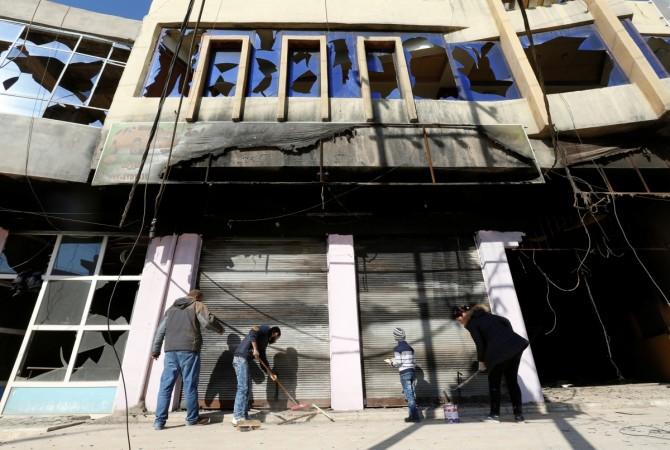
The Islamic State group — also known as Islamic State of Iraq and Syria (ISIS) or Islamic State of Iraq and the Levant (ISIL) — is apparently trying to claw back into the parts of Mosul freed from its hold by the Iraqi Army and forces supported by the United States. Meanwhile, horrors like mass graves continue to be unearthed.
Also read: Is ISIS planning a resurgence with money from stolen oil and jewellery?
ISIS, which had kept Mosul as its stronghold for a few years, had been forced out of the city following bitter fighting with the security forces since October 2016. In its wake, ISIS has left behind — among other things — an unfinished fighter jet that would have been used in attack as soon as it had been completed and made airworthy.
Bombing with drones
However, the terrorist outfit has taken another route to attack the Iraqi Army and other security forces from the air: drones. A security source was quoted by an Iraqi News report as saying: "The Islamic State group's drones dropped bombs on Jazair neighbourhood, east of Mosul, killing a civilian and wounded six others, including five volunteers."
The security source added: "The Islamic State also used drones to bomb al-Arabi neighbourhood and the Sayediti al-Jamila area in Mosul, wounding 13 persons, including six members of al-Hashd al-Shaabi."
Mass graves and damaged houses
Meanwhile, as the Iraqi forces continued to drive ISIS out of other places they still hold, a mass grave of ISIS victims has been uncovered in the Anbar province of the country. A second Iraqi News report quoted local news outlets as saying that a force from the Iraqi Army's 1st division found the graves in a "sanitary dump behind al-Askari district in the town of Rutba, 310 km west of Ramadi."
The terrorist outfit has also reportedly destroyed 1,000 houses in eastern Mosul since it captured the area in 2014. A local source said about their occupation and subsequent destruction of the buildings: "The electricity and water sectors were the most affected in terms of infrastructure, besides service facilities."

















